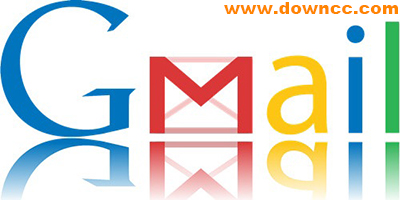
gmail是一款免费的邮件服务客户端,由谷歌公司推出。gmail提供强大的隐私保护功能,不会泄露个人隐私,邮件更加安全;gmail还可以想qq、微信一样在线聊天,当用户在线的时候,可以直接进行文字聊天,更好的与朋友联系。本专题为大家集合了gmail各种版本,包括:gmail电脑客户端、gmail手机版、gmail苹果版等,需要的朋友,赶快来下载吧!
121KB / 2018-08-31 / v1.0.0.2 绿色免费版
360浏览器登陆gmail插件是一款非常好用的电脑邮箱软件,可以帮助用户解决很多问题,一键清除掉不要的垃圾邮件,发送邮件速度也超级快,不限制文件的大小,相信大家一定可以用得到的,欢迎有需要的朋友来绿色资源网下
6.30M / 2015-04-17 / V5.2.4 多语言中文绿色版
Gmail邮件提醒软件,这是一款功能非常强大Gmail邮箱辅助检测软件本软件体积小巧,而且可以对邮箱进行实时监控~~~支持好几个账号登陆的功能可以通过Gmail Notifier Pro来阅读和删除邮件。很实用的一款工具,喜欢的就下
6.30M / 2017-07-21 / v5.2.4 多语言中文绿色版
gmail来信提醒客户端是一款专为使用gmail客户端的用户准备的来信提醒工具,Gmail邮件到达时,或活动时间接近时,您会在屏幕上看见该程序的提醒,感兴趣的朋友欢迎下载使用!gmail来信提醒客户端简介Gmail通知程序是一
1.02M / 2009-12-15 / v11.0 官方版
GMailStore是一款超好用的邮箱工具,这款软件能够帮助用户将自己硬盘中的文件轻松保存到邮箱当中去,再也不用担心硬盘东西误删了找不到。需要的朋友就赶快来绿色资源网下载使用吧! GMailStore官方介绍国内第一款利
8.76M / 2016-08-09 / v7.8 苹果电脑版
MailTabPromac版是iOSX系统上一款方便使用的邮箱客户端,是Gmail的微型浏览工具,帮你不占用内存的同时快速的处理邮箱信息,安全管理你的邮件,支持各种一键批量处理操作,需要的朋友快来绿色资源网下载吧!官方简介